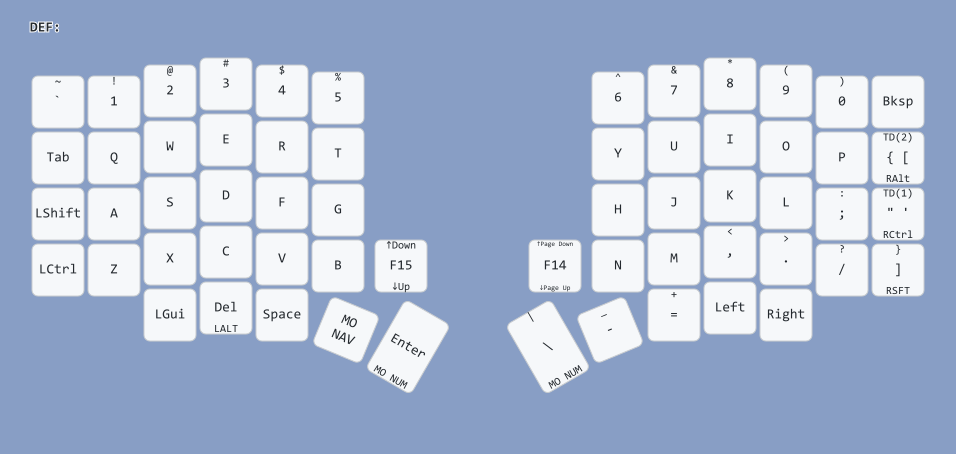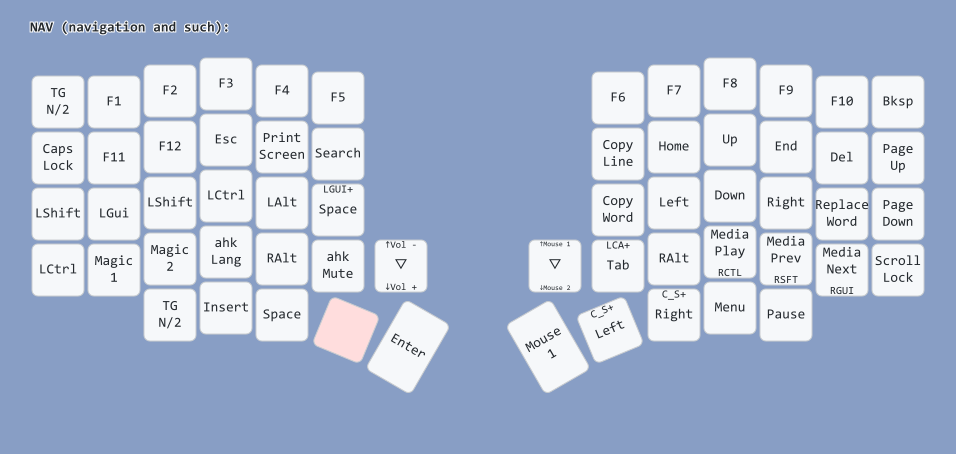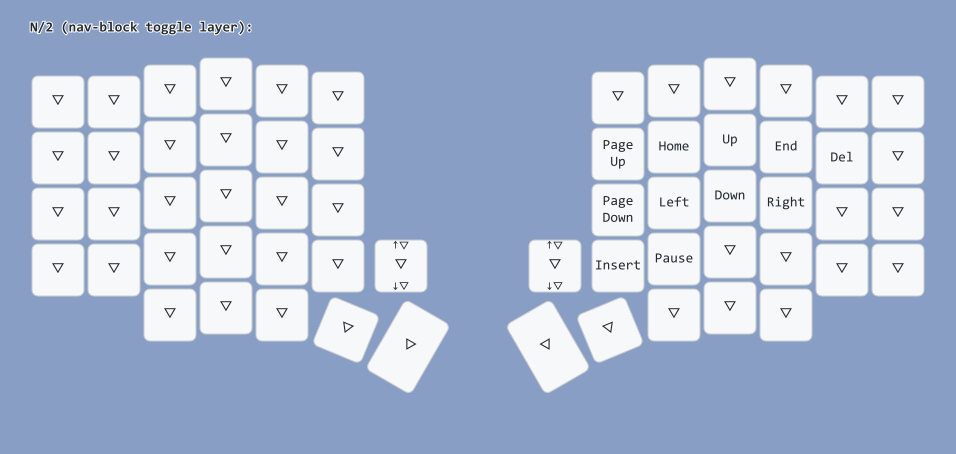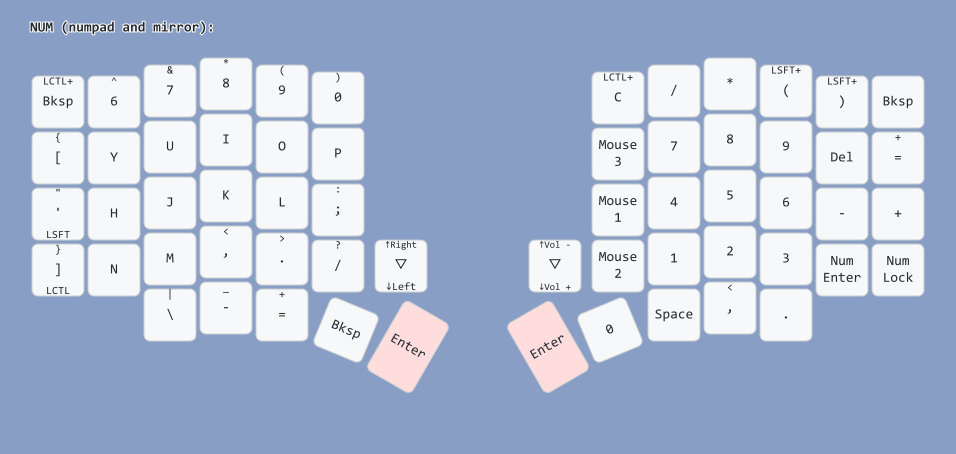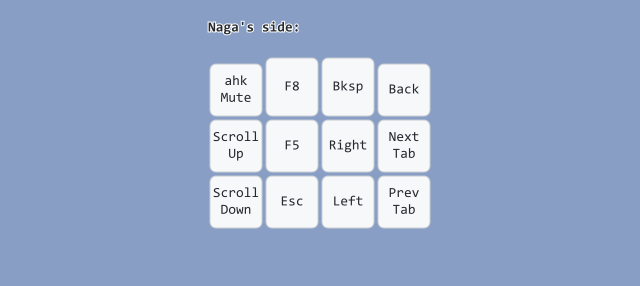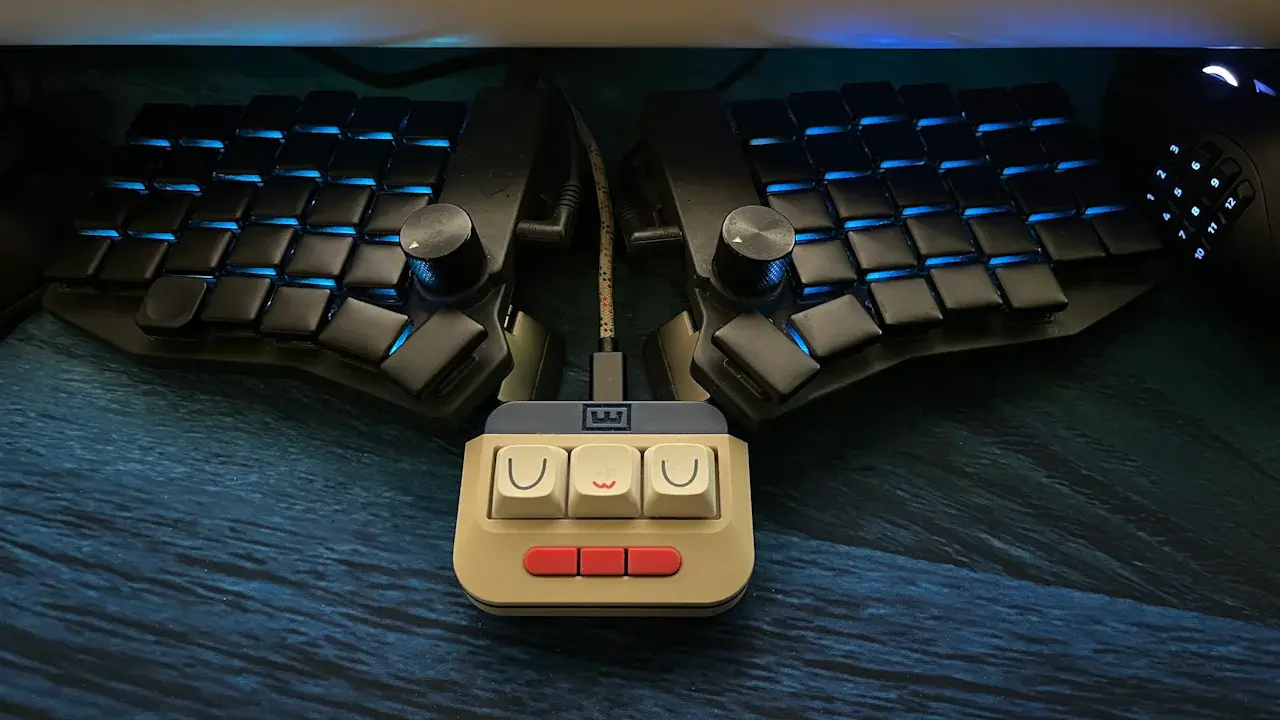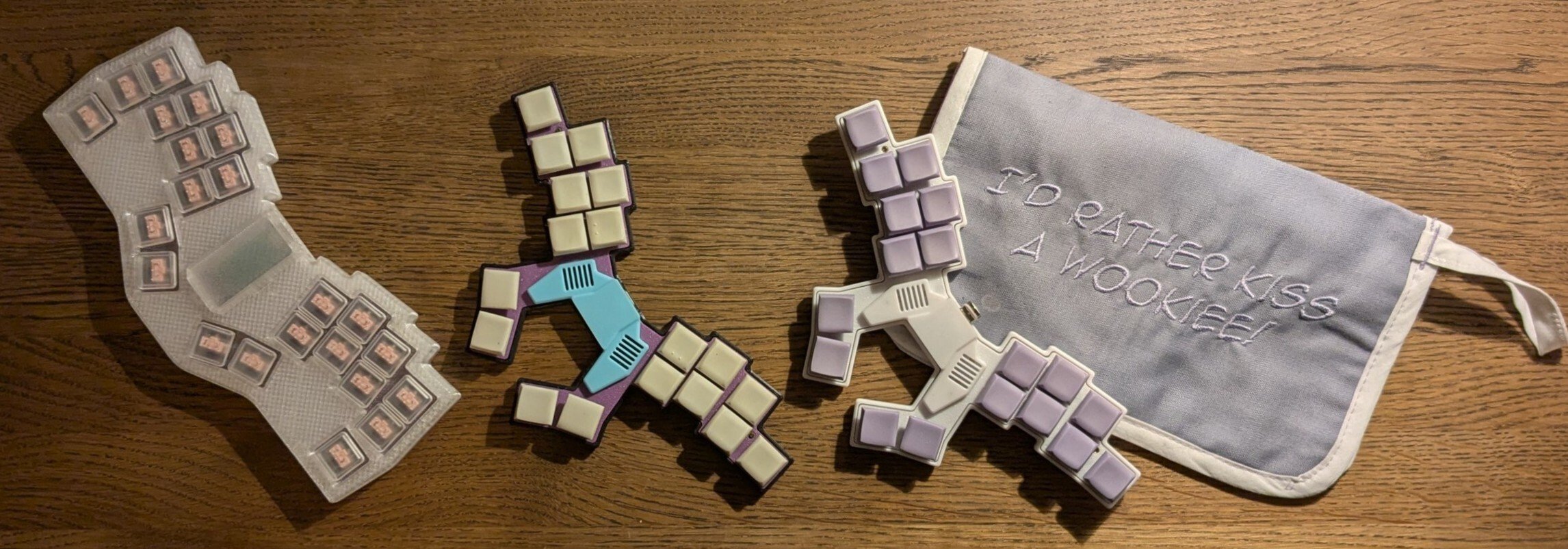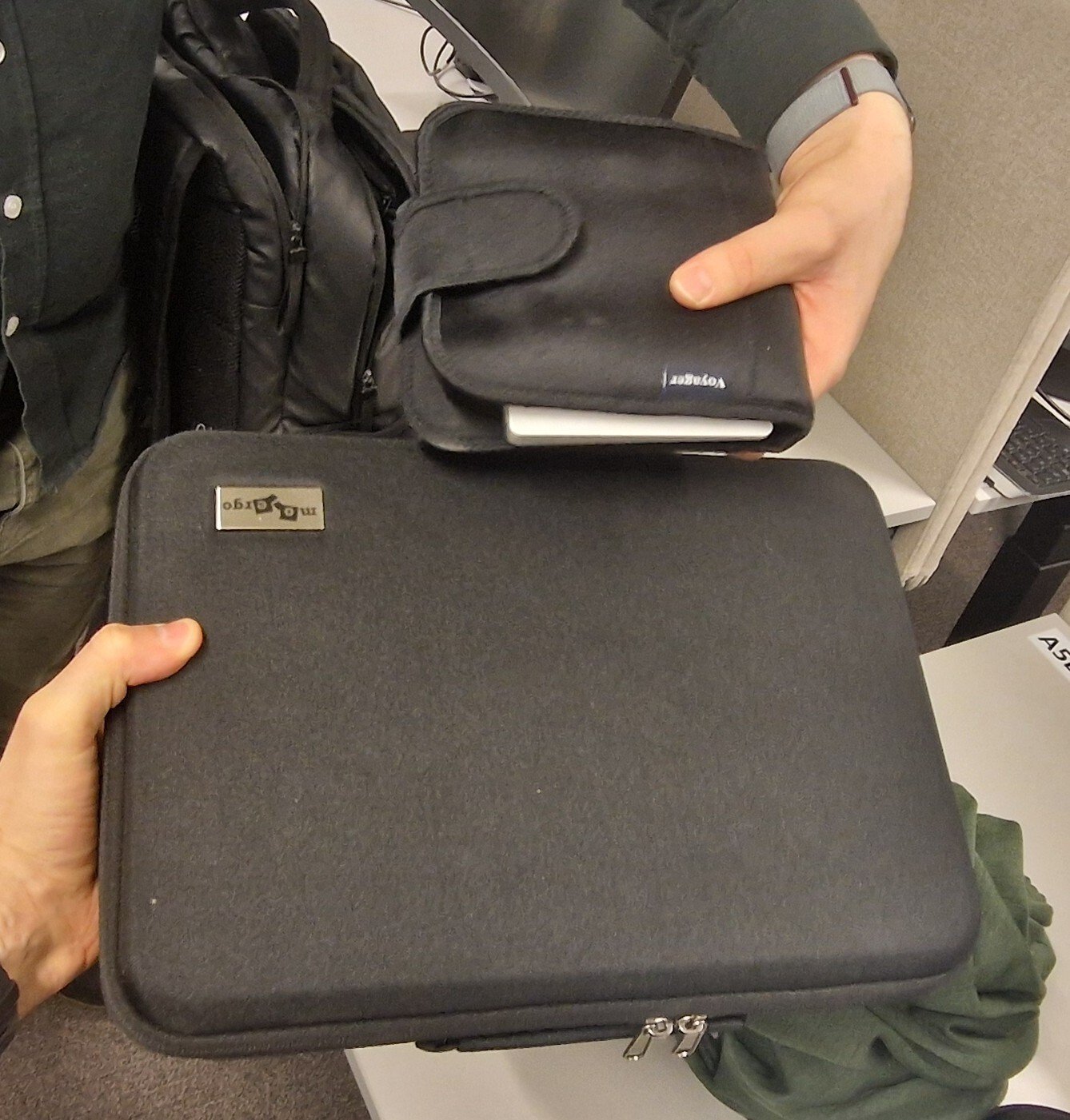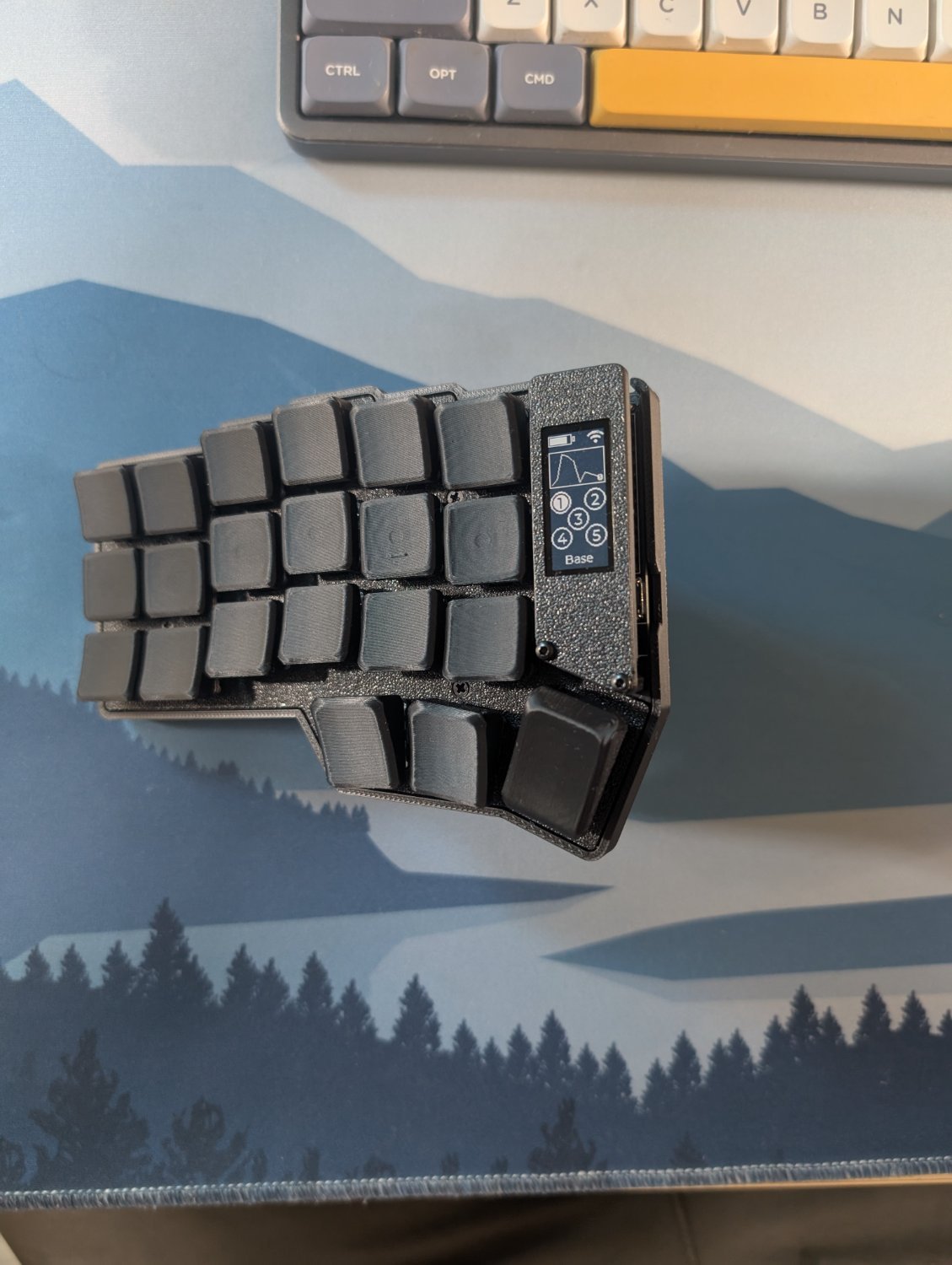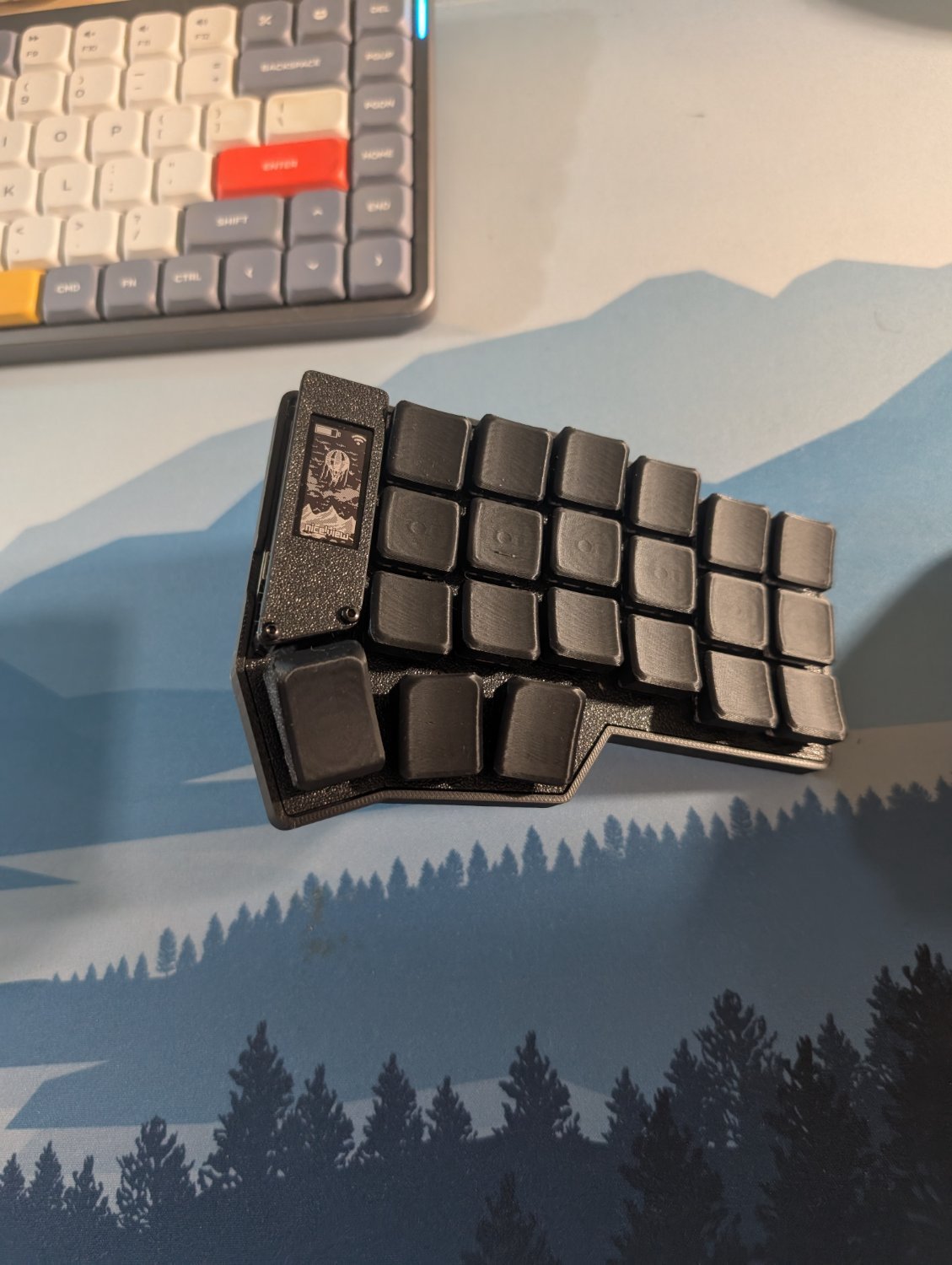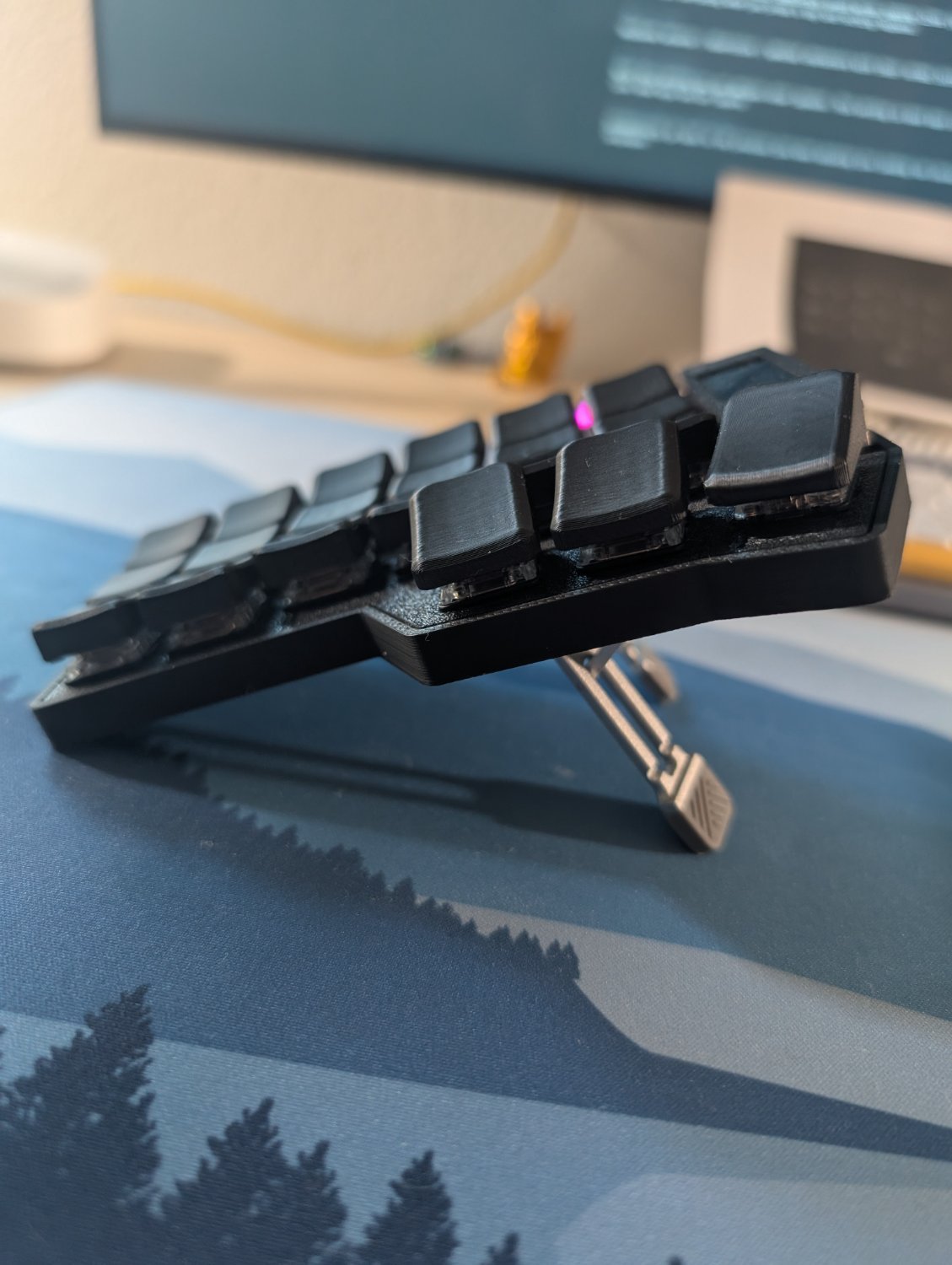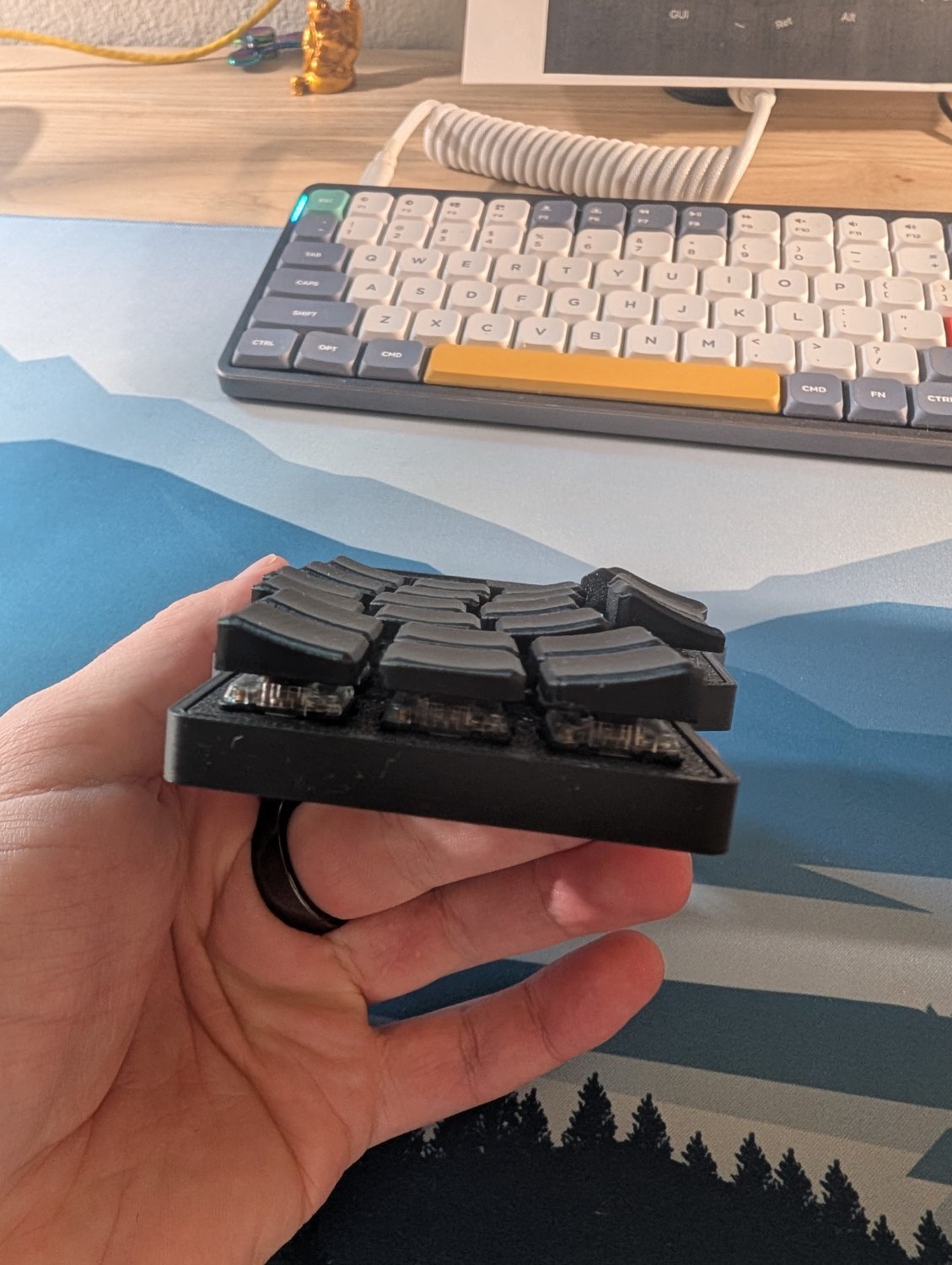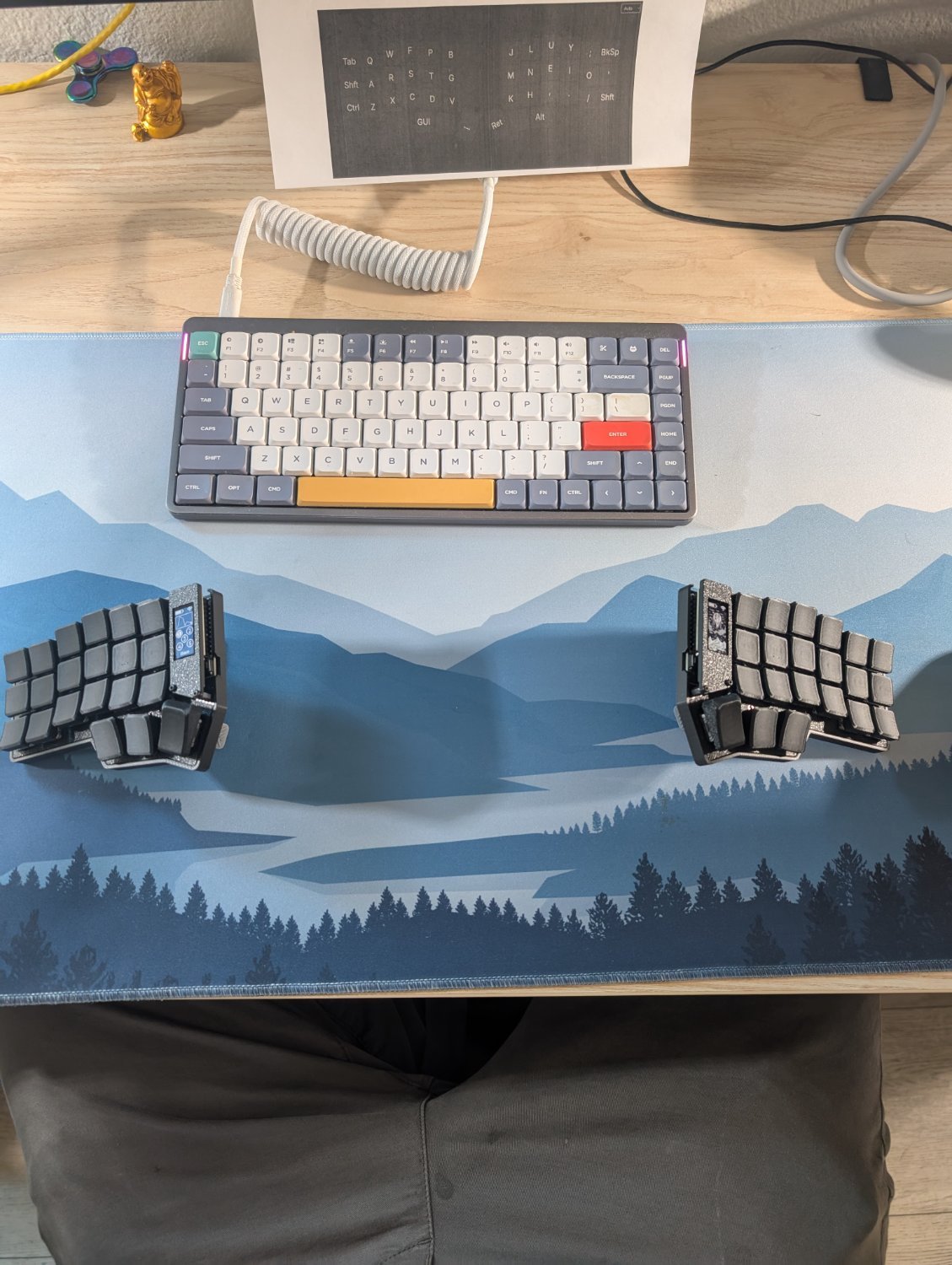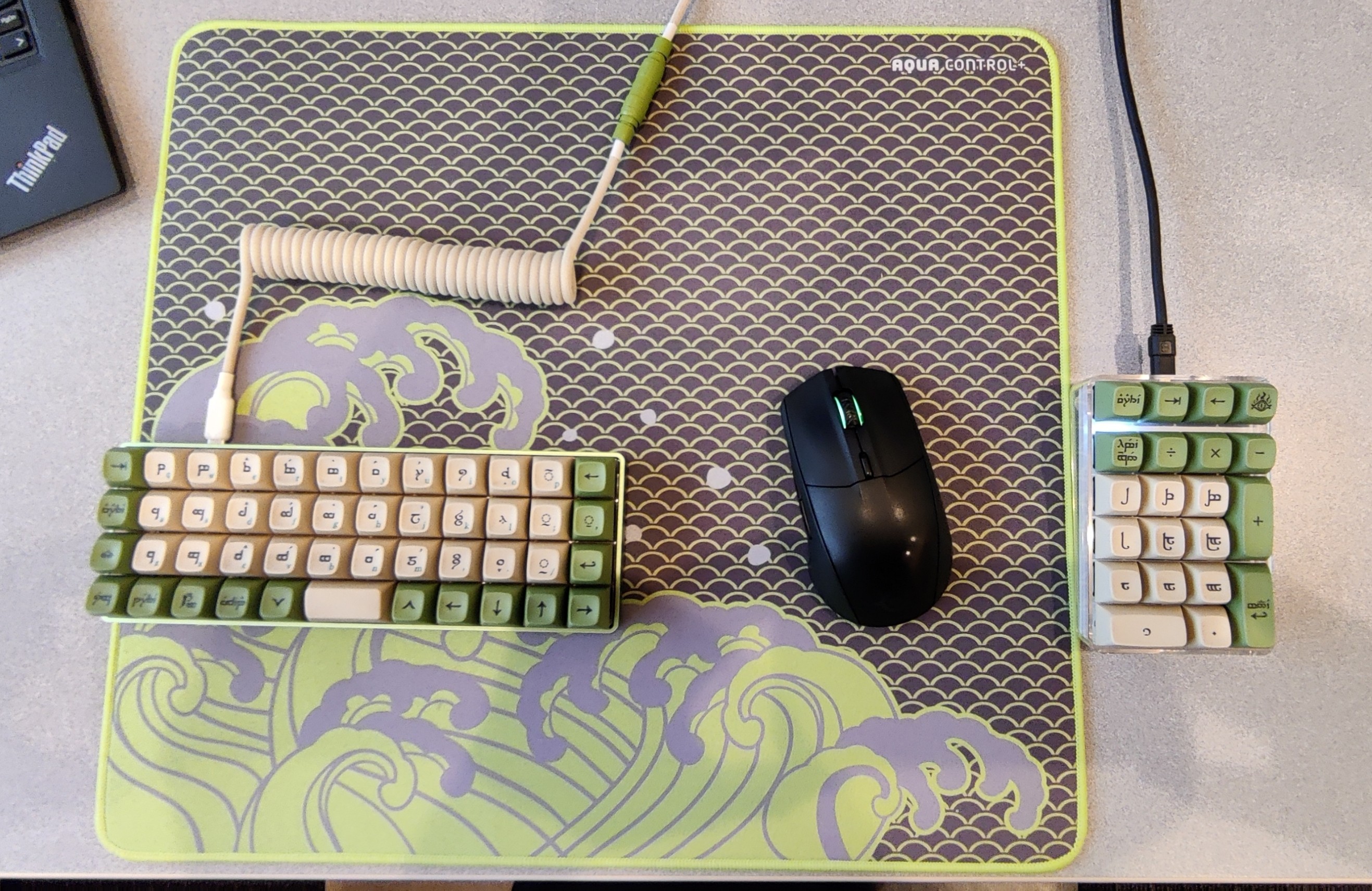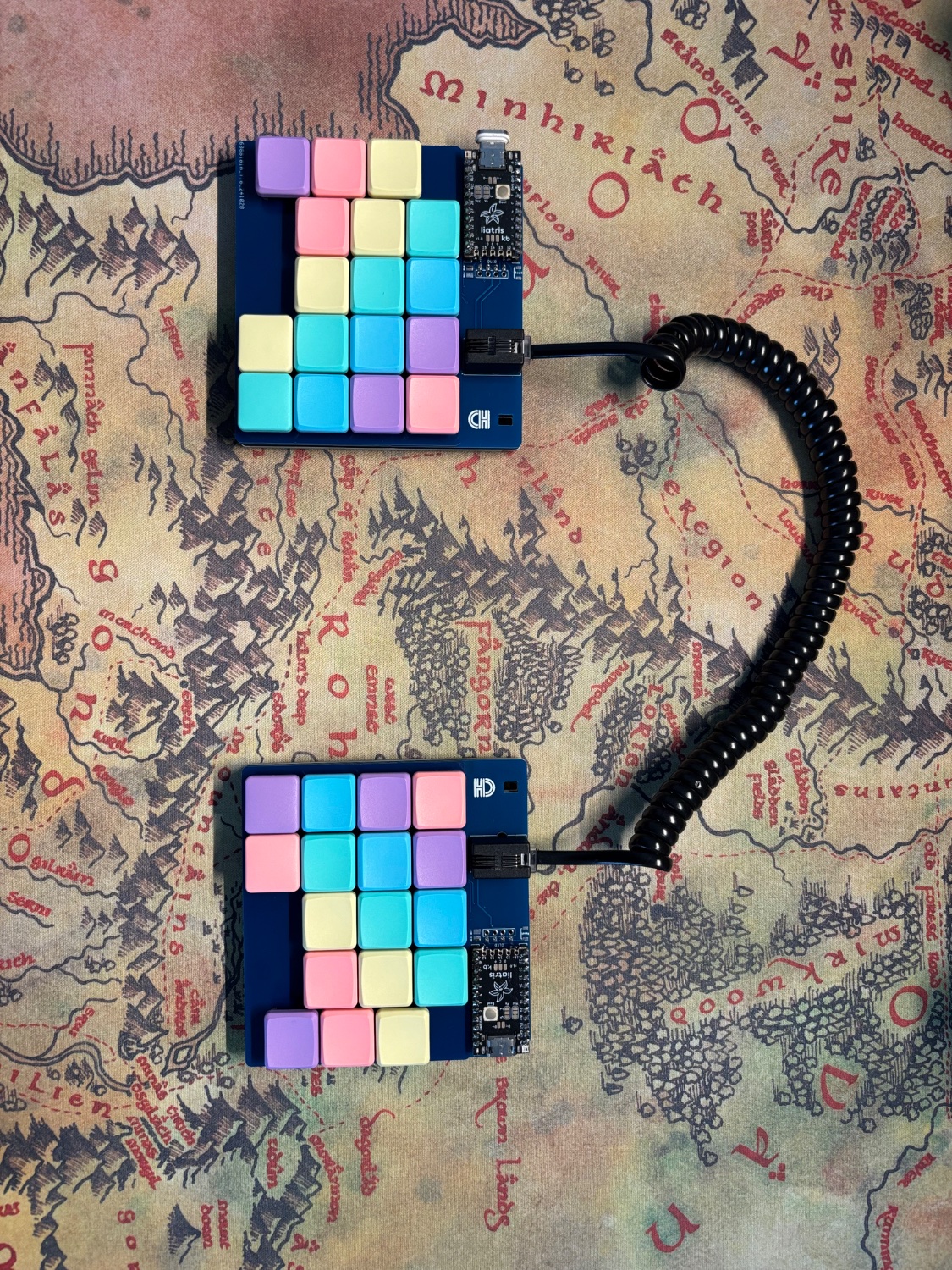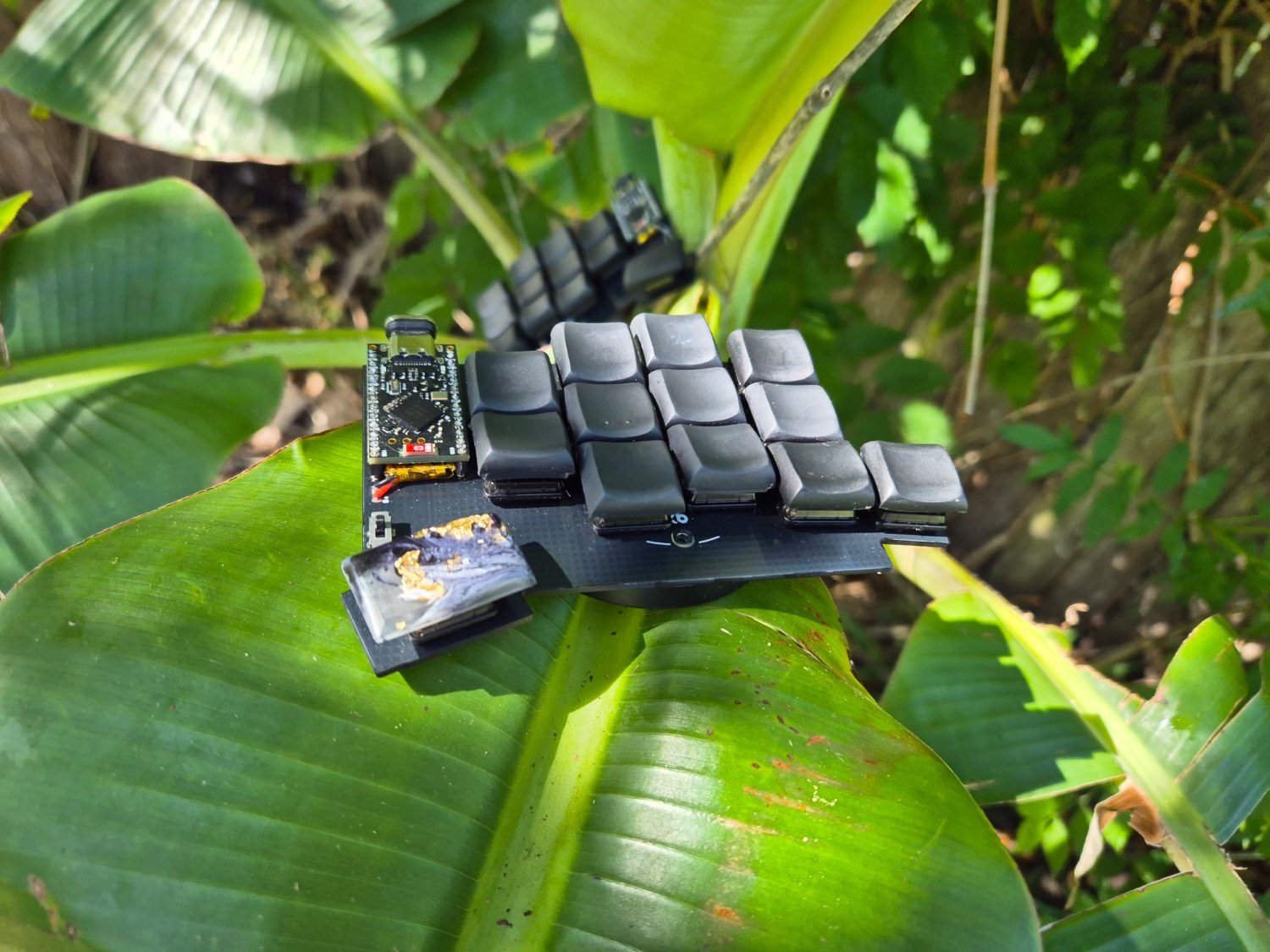tl;dr: It's a great keyboard with a few minor flaws, if you need a good keyboard because you have wrist pains; I would recommend this.
Around 6 months ago I started getting really bad pains in my wrists after using the keyboard all day. I was originally going to get a Cyboard Imprint, but as my pain had been going on for a few weeks at that stage, I needed something ASAP.
I thought I would leave a review on Lemmy and help grow the community here :)
I got the white version with the clicky switches. I've used pretty much every popular switch and keyboard variety, Cherry, Gateron, Topre, buckling spring, you name it. A few years ago I've gotten ridden rid of most of them and started using a 65% custom board with Clicky Box Navy switches and QMK. This served me very well, but as it's a "joint" or classic non-split keyboard I used it with my shoulders hunched in. I really thought this would have been my endgame as it had hotswappable switches and therefore pretty much indestructible. This combined with my wrists pains drove me to get a new keyboard with better ergonomics.
It is very good as you would expect, the tenting is pretty tedious to setup as you have to screw in poles in and tighten them manually. This is a good mechanism that I'm sure will stand the wear and tear of daily use. But when you change one leg, you also have to change the other legs in order to keep it level. Because of this, it took me a few days to find a good level. I'm also not too sure if it is the best level for me, while I'm comfortable, it's a faff to properly test and use every tilt level.
The keycaps are high quality, but a bit too smooth for my liking. I prefer them rougher so I can get a better grip on the caps. As this is a unique layout with less common switches I really doubt I could get better keycaps, so it's good that most people will be just fine with the default set.
Speaking of the switches, they are good quality, the lower travel compared to standard MX switches has not been that noticeable for me, despite me preferring longer travel and a stronger click usually. The tactile feedback on the switches are good, but I prefer something more tactile if available.
The key well is well designed, and I can reach most of the keys without much trouble. I think a tighter curve would have been good so more of the keys can be reached easier. If you have larger hands I don't think this would be an issue. The keywell on the pinky is slightly shifted, and while a tad strange, I think it is a good choice.
There are quite a few things I don't like about this keyboard. The Glove 80 doesn't have a full top row, I actually use the F11 and F12 keys so this was a very strange choice to me. I cannot see why anyone thought this was a good design choice.
Likewise, I find the sharp edges very strange here as well. While I do use a keyboard for most of the interactions with my computer, I do use a mouse for certain tasks. I usually have my mouse in the middle of the 2 keyboard halves, and because of the super sharp corner of the thumb cluster, I've stabbed myself more times than I can count. The keyboard well also has sharp edges between the columns. The 2nd column (the columns with the F and J keys) has this very weird and sharp lump right below the keys. While it's not an major issue, I struggle to find why they have left it like this. Maybe some people like this more "brutalist" approach, and have it show the heritage of the design process. But to me, it just feels lazy, and almost like a prototype. I can also see the groves between the columns collecting dust and dirt during usage. Just some work in CAD would have removed these sharp edges before mass manufacturing. I cannot see what utilitarian purpose that this sharp design will have, maybe some people thinks it looks nice? I'm not one of them...
The build overall is good, I've heard some people say it feels cheap, while I can see what they mean because the plastic can flex in some places, once you place it down on a table, it doesn't move in any tangible way. While I don't think it is cheap, it's just designed to be light. Again, I don't really understand this design choice, this keyboard is meant to be used on a table, and I really cannot see anyone carrying this around despite the nice case they give you. It is huge, and with proper tenting it wouldn't fit in the case anyway.
I also bought the split cable on their website. It is so crap. While it does allow you to plug both in at the same time, the split in the cable is quite far down. So you can only spread the 2 halves ~20cm MAX, and even then, you are putting some serious strain on the ports and connectors. I ended up buying a 1->2 usb type a cable/hub, then plugging in 2 different type a to right angle type c cable. This was cheaper, more durable, and modular so you can replace cables if it ever broke.
Overall a strong 8, the points I deducted are more due to personal preference than anything inherently wrong with the keyboard. I'm sure someone likes the sharp design, not me... Some strange design choices here and there, but nothing that makes the ergonomics worse. The cable did leave a bad taste in my mouth for how much it cost, and literally defeating the point of a split board. Nevertheless, I think the V2 of this will sell like hotcakes.
